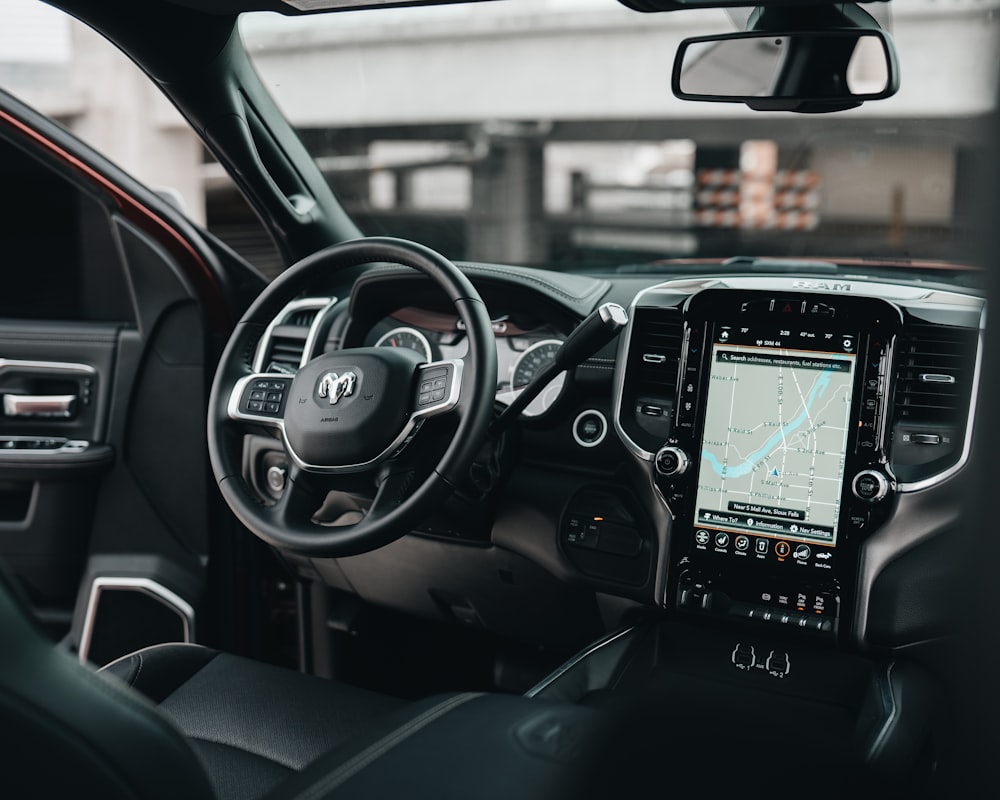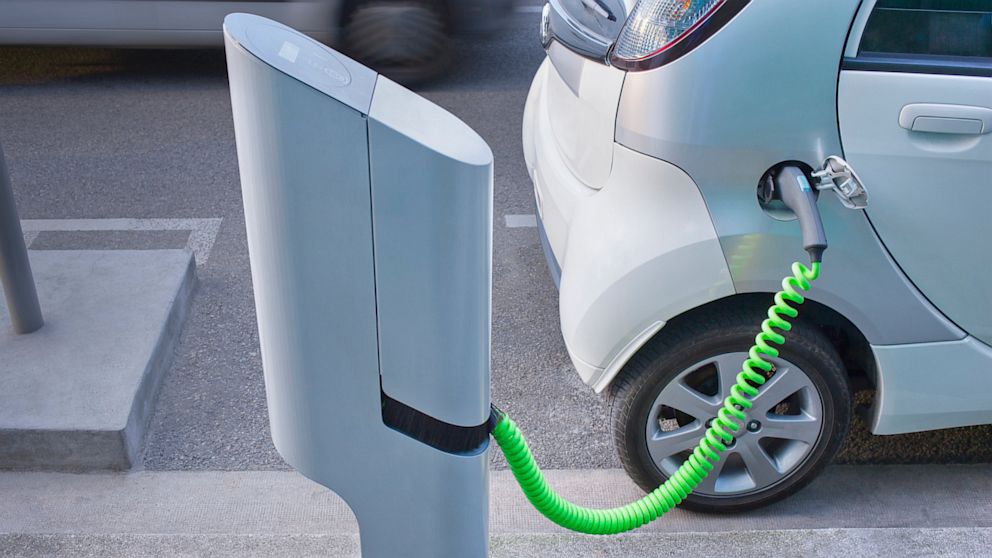Mastering the Art: Essential Tips for Jump-Starting a Car
Understanding the Basics
Jump-starting a car is a fundamental skill that every driver should know. It involves using jumper cables to transfer power from a working car battery to a dead one, allowing the dead battery to recharge and the car to start. While it may seem daunting at first, with the right knowledge and preparation, anyone can successfully jump-start a car.
Gathering the Necessary Equipment
Before attempting to jump-start a car, it’s essential to gather the necessary equipment. This includes a set of jumper cables and a working vehicle with a fully charged battery. It’s also helpful to have a pair of safety gloves and safety goggles to protect yourself during the process.
Identifying the Problem
Before jump-starting a car, it’s crucial to identify the cause of the dead battery. In some cases, a dead battery may be the result of leaving the lights on overnight or a faulty electrical component draining the battery. However, if the battery is consistently dying, it may indicate a more significant issue with the charging system that requires professional attention.
Ensuring Safety
Safety should always be the top priority when jump-starting a car. Before beginning the process, ensure that both vehicles are parked in a safe location away from traffic. Turn off the ignition and any electrical components in both cars, such as lights and radios, to prevent electrical damage during the jump-start.
Connecting the Jumper Cables
Once both vehicles are in position, it’s time to connect the jumper cables. Start by attaching one end of the red jumper cable to the positive terminal (+) of the dead battery. Then, connect the other end of the red cable to the positive terminal of the working battery. Next, attach one end of the black jumper cable to the negative terminal (-) of the working battery. Finally, connect the other end of the black cable to a metal surface on the engine block of the dead car, away from the battery.
Starting the Working Vehicle
With the jumper cables securely connected, start the engine of the working vehicle and let it run for a few minutes. This will allow the battery to transfer power to the dead battery and recharge it. After a few minutes, attempt to start the dead car. If it starts successfully, let it run for a few more minutes to ensure that the battery has enough charge to sustain the car’s operation.
Disconnecting the Jumper Cables
Once the dead car is running, carefully disconnect the jumper cables in the reverse order in which they were connected. Start by removing the black cable from the metal surface on the engine block of the dead car, then disconnect the black cable from the negative terminal of the working battery. Next, remove the red cable from the positive terminal of the working battery and finally disconnect it from the positive terminal of the dead battery.
Taking Precautions
After jump-starting a car, it’s essential to take precautions to prevent the battery from dying again. Avoid turning off the engine or using electrical components such as lights or radios until the car has been driven for at least 20-30 minutes to allow the battery to recharge fully. Additionally, consider having the battery tested or replaced if it continues to die frequently.
Seeking Professional Help
If jump-starting the car is unsuccessful or if the battery continues to die despite repeated attempts, it may indicate a more significant issue with the vehicle’s electrical system. In such cases, it’s best to seek professional help from a qualified mechanic who can diagnose and repair the problem effectively.
Practicing Regular Maintenance
To prevent future battery issues, it’s essential to practice regular maintenance on your vehicle. This includes keeping the battery terminals clean and free of corrosion, ensuring proper fluid levels, and having the battery tested regularly to monitor its health. By staying proactive and addressing any issues promptly, you can avoid the hassle of dealing with a dead battery in the future. Read more about tips for jumping a car











